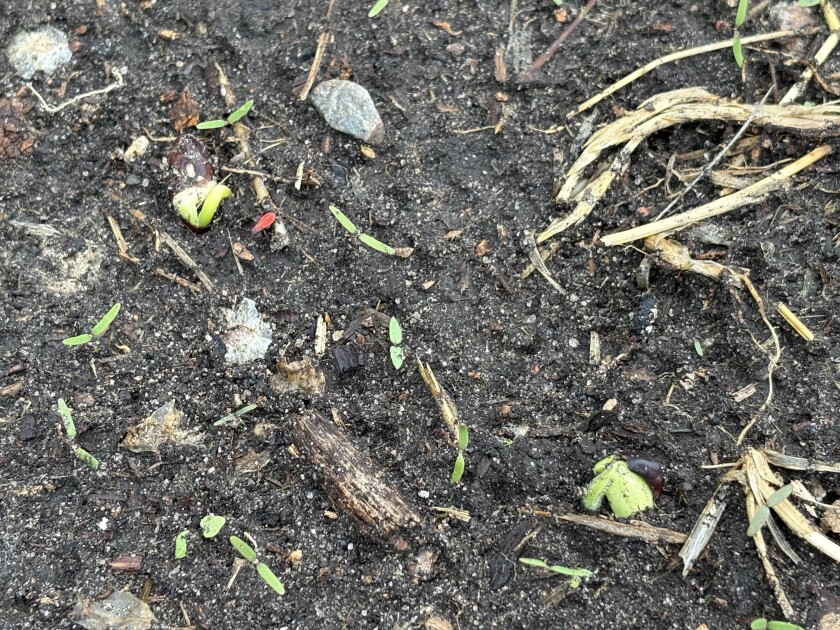We planted the garden a touch late, delayed by rain and abnormally cool weather in May, followed by about a week’s wait while we acquired a new tiller.
I planted green beans and potatoes Memorial Day weekend, and I’ve been wandering over to look for signs of life ever since. Everything I planted earlier was in old lick tubs, and everything came up nicely — save for a spot where a cat may have played in the soil where I planted carrots.
ADVERTISEMENT
But the beans and potatoes in the ground seemed slow to emerge. In reality, I saw the first signs of both about a week and a half after planting — not outside the normal realm of emergence — but I was impatient.
My daily inspection of the ground reminded me of a scene in one of my favorite books, "Anne of Avonlea," the first sequel to "Anne of Green Gables."
Anne had given little garden plots to two orphans in her charge. One, Dora, planted in an orderly fashion and patiently waited for her seeds to emerge in neat rows. The second, Davy, planted haphazardly and constantly dug up the seeds to see if anything was happening and came up with all sorts of reasons why his sister’s plot was growing and his wasn’t — ignoring that his own impatience and constant messing with things had been his problem all along.
I didn’t get all the way to digging up seeds to see if they were sprouting, but I did think about doing it. I hadn’t watered them enough, I thought. Or it wasn’t warm enough — which likely was the reason they took a bit longer than I expected to emerge, but I hadn’t really given them enough time to show that. Or what if there was something wrong with the seeds or the seed potatoes?

But of course, they started to come up, just like they do pretty much every year.
I think sometimes in agriculture — whether in a field of hundreds of acres or in a tiny garden plot hidden next to the tree rows — we give ourselves more credit than we deserve. We think we have to do everything a certain way or things won't work out. But oftentimes, nature takes care of what needs to be taken care of.
For example, last summer, I noticed some unexpected plants in the tall grass bordering our lawn. I watched them for the next few weeks and eventually realized that one patch was yellow summer squash and another patch was pumpkins. The yellow summer squash apparently came up from seeds out of discarded squash from the year prior, while the pumpkins had to have sprouted from discarded Halloween pumpkins.
ADVERTISEMENT
No one ever planted the seeds; nature just found a way. They weren’t watered beyond rain or cared for in any manner. But we got a few side dishes off of the squash plant and a little pumpkin for the front step.
I think about it from time to time when we’re stressed about how things are going on the farm. Things go wrong frequently. We lose calves and even cows to disease and injury, despite taking precautions. The weather can destroy crops and can sometimes keep things from growing.
On the grand scale of history, though, the crops come up and yield what they need to yield more often than not. The cows calve and raise their calves more often than not without much intervention.
We most certainly should keep learning about best practices and the most effective ways to grow and raise our crops and livestock. But perhaps the best thing we can do after that is just sit back and let nature do its thing.












